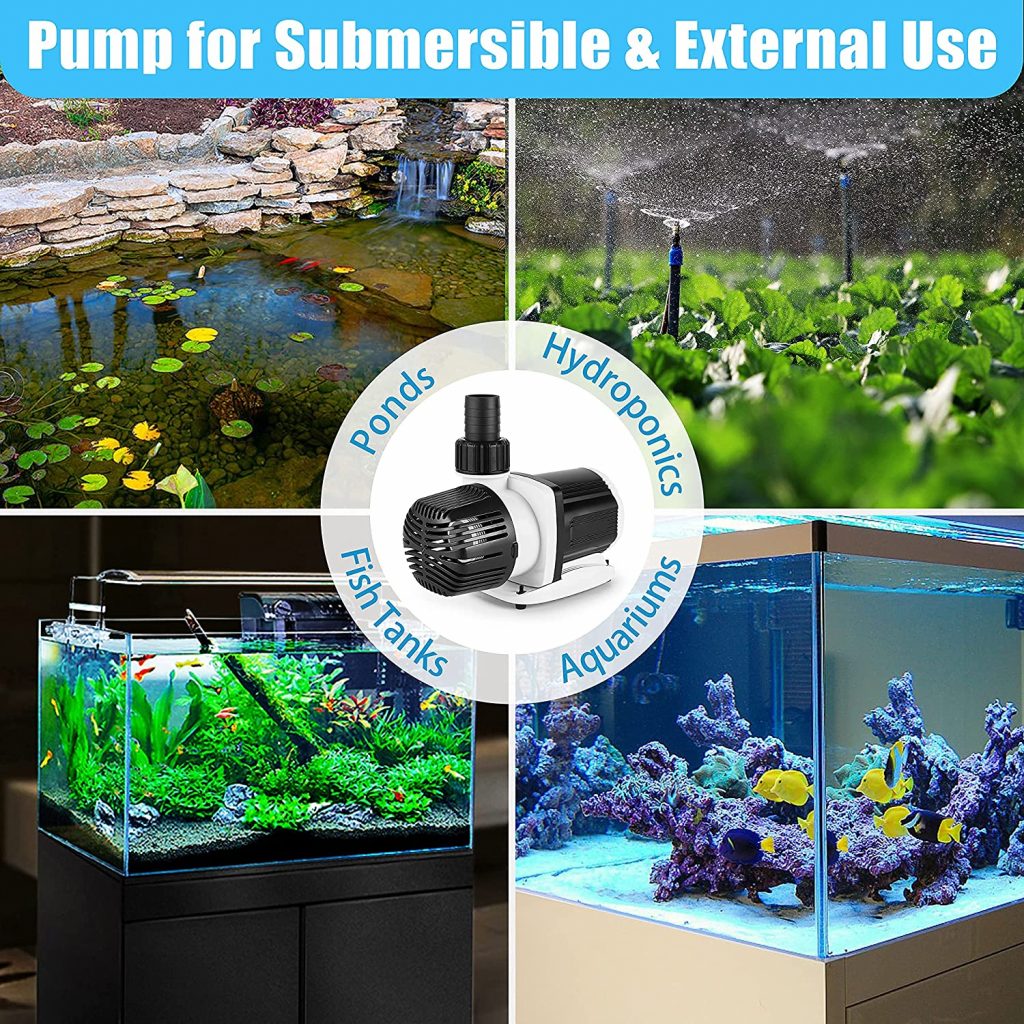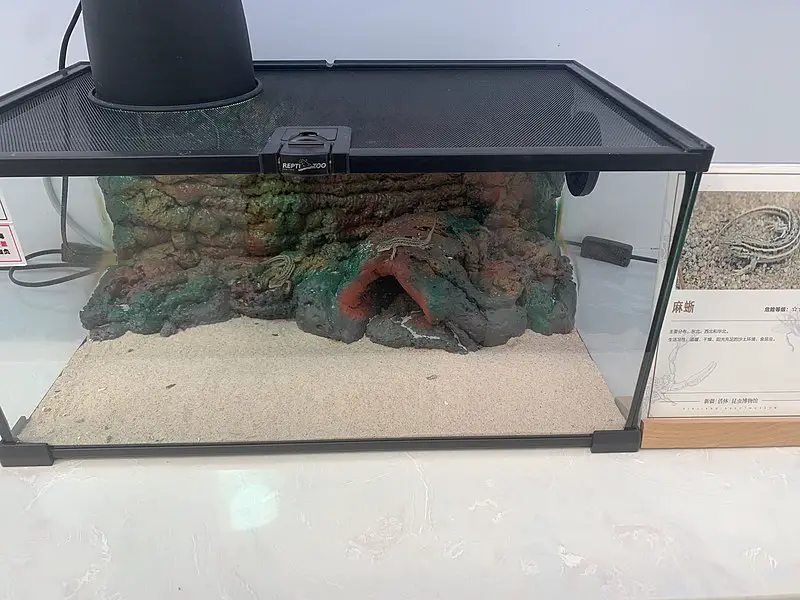The air pump in your aquarium plays a crucial role in maintaining a steady airflow through your tank and ensuring that your fish have sufficiently oxygenated water.
There are several reasons why your pump may stop working: the air pipes can disconnect, or the mechanical filter may cease to function. In addition, a broken rubber bladder, faulty tubing, or incorrect placing can all lead your aquarium pump to malfunction. And if you don’t clean the filter often enough, it will become clogged and inefficient.
Continue reading to discover why your aquarium pump has stopped working, the steps you can take to fix it, and how quickly you need to address this issue to keep your fish safe and happy.
Recommended:
Why Is The Pump On My Fish Tank Not Working?
Air is an essential element of your fish tank, and a consistent flow is necessary. If you notice that there is no air going into the tank, you need to act quickly.
In addition, if you notice that the water in your tank is cloudy, you need to find out why. It could indicate a problem with your filter, though the more likely cause is that the filter pipes have become disconnected or the air pump has broken.
(If you check the tank and the filter and air pump are both working correctly, then your water is contaminated, and you’ll need to change it)
You may notice your fish looking stressed or popping their heads out of the water to gasp for breath when your pump is not working correctly. Again, there is more than one cause of this behavior, and it doesn’t necessarily mean that your air pump is broken.
During the summer months, it’s easy for your tank to overheat. In this case, the temperature and salinity of the water increase, making it difficult for the fish to breathe. In these hot months of the year, it’s best to keep your tank out of direct sunlight.
However, if your fish continue to look distressed and “out of breath,” it could indicate that your air pump is not working sufficiently.
Reasons For The Aquarium Pump Not Working.
As outlined below, there are several reasons why your aquarium pump might not be working.
It has a broken rubber bladder. The rubber bladder is the flexible membrane that keeps the air and liquid separated within your tank, creating a smooth airflow operation. Water and air are no longer isolated if the bladder tears or breaks.
This leads every cycle to remove a little more air from the tank until it becomes wholly waterlogged and no further air can cycle through. A tear in a rubber bladder is pretty easy to spot and generally means you’ll need to replace the entire air pump.
Other common problems that cause your aquarium to malfunction are kinks in the tubing, dirty parts, or incorrect placement. We’ll explore these in more detail below.
What To Do If The Air Pump Is Not Working?
If your aquarium air pump is not working correctly, there are several things you’ll want to check.
Check the pump placement, tubes, and filter.
If there is no air entering the tank, check the connections to the air pump, following these steps:
- Remove the air pipe from the pump.
- Put the air outlet against your face and see whether or not you feel a flow of air.
- Check for kinks in the airlines that could prevent the air from passing.
- Check that any valves are working correctly.
- If there is still no airflow, your air pump is broken, and you will need a replacement.
(Before you purchase a new pump, check the details of your warranty. In several cases, you may be able to order a replacement piece for free.)
How To Fix An Aquarium Pump.
There are several aquarium pump issues that you can fix yourself.
The most straightforward fix is the incorrect placement of the device. If your air pump is too low, it may not be able to pump the air correctly. So try moving the placement of your aquarium pump slightly higher.
Another common problem that’s easy to fix is a kink in the tubing. Run your fingers over all tubing to check for bends or kinks and straighten them out. If your tank requires the tubing to bend 90 degrees, try a specialized product that does this without preventing proper airflow through the tubes.
And adequate cleaning of the pump is essential to keep it running smoothly.
Cleaning the mechanical filter.
- Siphon two cups of water from your aquarium tank.
- Use this to clean the filter of your pump as any environmental changes such as distilled water can cause unhappiness and discomfort to your fish.
- Unplug the filter and remove it from the tank.
- Clean any gunk off the sponge and run it under a tap until the water runs clear.
- If your sponge is filthy, you may wish to consider replacing it.
- Clean all other parts of the filter using the siphoned tank water. Filter cleaning brushes are excellent for removing gunk from hard-to-reach areas.
- Put the sponge back and place the filter back in your tank.
Will My Fish Survive Without A Pump?
Fish obtain oxygen from water by using their gills to filter it out. This is adequate for their survival in the wild, but an indoor aquarium is different.
Firstly, the water is still, so there is no movement of air through it, and secondly, we add several things to the water which make it impossible for them to obtain adequate amounts of oxygen. From medications to filters, temperature increases to power cuts – all of these things affect the water quality in your aquarium.
For this reason, you need a pump in your aquarium to keep your fish alive and healthy.
How Long Can My Fish Survive Without A Pump?
The average fish will survive for around two days without an adequate air supply in the still waters of an aquarium.
There are several signs to look out for that your fish requires more oxygen, including faster moving gills, gulping air at the top of the tank, or resting for longer periods than they usually would.
Final Thoughts.
There are several reasons why your aquarium pump may not be working. The most likely causes are incorrect placement, bent tubing, or a dirty filter. While these issues are easy enough to solve by yourself, broken parts are not an easy fix and will likely require you to buy a completely new device.
Maintaining an adequate airflow is essential for your fish in still water, so address any issues as soon as possible.




